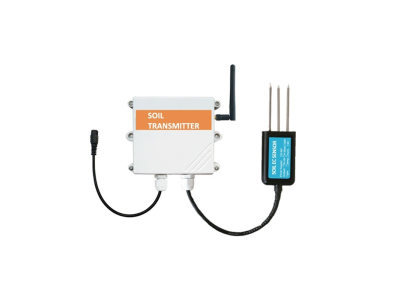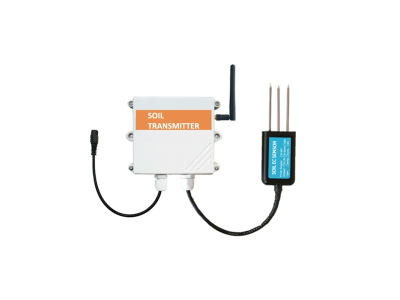Precision farming, also known as smart agriculture or satellite farming, is a modern approach to farming that involves the use of advanced technology to optimize crop production. One key component of precision farming is the use of soil sensors, which provide valuable data about soil conditions. This article explores the role of soil sensors in maximizing efficiency and minimizing environmental impact in agriculture.
I. What are Soil Sensors?
Soil sensors are electronic devices that measure various soil properties such as moisture content, temperature, electrical conductivity, and nutrient levels. They are typically installed at various depths in the soil profile and provide real-time data that can be used to make informed decisions regarding irrigation, fertilization, and other farming practices. Soil sensors can be either stationary or mobile, depending on the specific needs of the farm.
II. Maximizing Efficiency with Soil Sensors:

Precision Irrigation: Soil sensors play a vital role in optimizing irrigation practices. By providing accurate data on soil moisture levels, farmers can avoid under or over-watering their crops. This leads to improved water use efficiency and ensures that crops receive the right amount of water at the right time, maximizing their growth potential.
Nutrient Management: Soil sensors help farmers optimize fertilizer application by measuring nutrient levels in the soil. This allows farmers to apply fertilizers only where and when they are needed, minimizing wastage and reducing the risk of nutrient runoff into water bodies. By utilizing soil sensors, farmers can achieve better nutrient uptake by crops, leading to improved yields and reduced environmental impact.
Pest and Disease Management: Soil sensors can also aid in the early detection of pest and disease outbreaks. By monitoring soil conditions, farmers can identify potential issues and take preventive measures before the problem escalates. This reduces the need for excessive pesticide use and promotes sustainable farming practices.
Yield Mapping: Soil sensors, when integrated with other precision farming technologies such as GPS and yield monitors, allow farmers to create yield maps of their fields. These maps provide valuable information about crop performance, highlighting areas of the field that require special attention. By addressing these specific areas, farmers can maximize overall crop yield and minimize input wastage.
III. Minimizing Environmental Impact with Soil Sensors:
Water Conservation: Precision irrigation based on soil sensor data helps conserve water by ensuring that crops receive optimal irrigation instead of excessive watering. By preventing over-irrigation, soil sensors reduce water wastage and alleviate the stress on water resources, particularly in regions prone to drought.
Reduced Chemical Usage: By accurately measuring nutrient levels in the soil, soil sensors enable farmers to apply fertilizers only where necessary. This reduces the overall amount of fertilizers used, minimizing the risk of nutrient runoff into water bodies and the subsequent environmental pollution. Additionally, the early detection of pest and disease outbreaks through soil sensors helps minimize the use of pesticides, promoting sustainable and eco-friendly farming practices.
Improved Soil Health: Soil sensors provide farmers with valuable insights into soil conditions, allowing them to optimize soil management practices. By monitoring soil moisture, temperature, and nutrient levels, farmers can make informed decisions regarding soil tillage, cover cropping, and organic matter management. This improves soil health and structure, promoting long-term sustainability and reducing soil erosion.
Conservation of Energy: Precision farming with soil sensors enables farmers to use resources more efficiently, leading to energy savings. By using site-specific data to guide farming practices, such as precise irrigation and targeted fertilization, unnecessary energy consumption is minimized. This reduces the overall carbon footprint of farming operations and contributes to a more sustainable agricultural system.
Conclusion:
Soil sensors play a crucial role in precision farming by providing real-time data on soil conditions. By maximizing efficiency in water management, nutrient application, pest and disease control, and overall crop yield, soil sensors help farmers optimize their farming practices. Moreover, by minimizing environmental impact through water conservation, reduced chemical usage, improved soil health, and conservation of energy, soil sensors contribute to a more sustainable and environmentally friendly agriculture sector. Moving forward, the widespread adoption of soil sensors in farming has the potential to revolutionize global food production, ensuring food security while minimizing the ecological footprint of agriculture.






